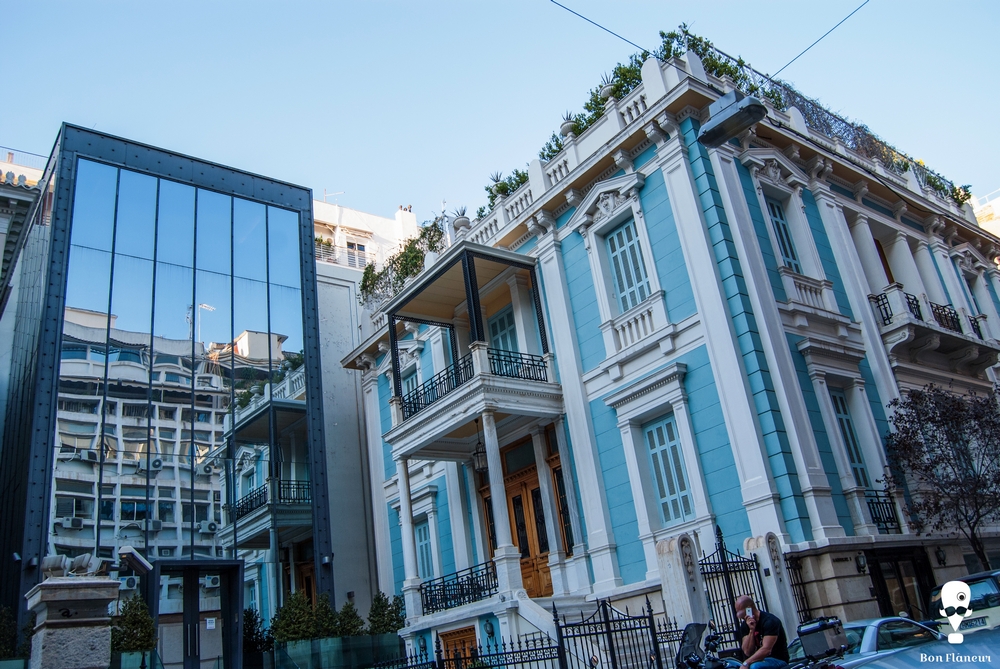Kolonaki
Kolonaki is the central neighbourhood of the Athenian urban elite.
Location
Timeline
Modern and Contemporary era (1821 - )
1860 Building in the area started. Until then, it was an area with vineyards and sheepfolds. Until the late 19th century, it was a dangerous place at night.











Share